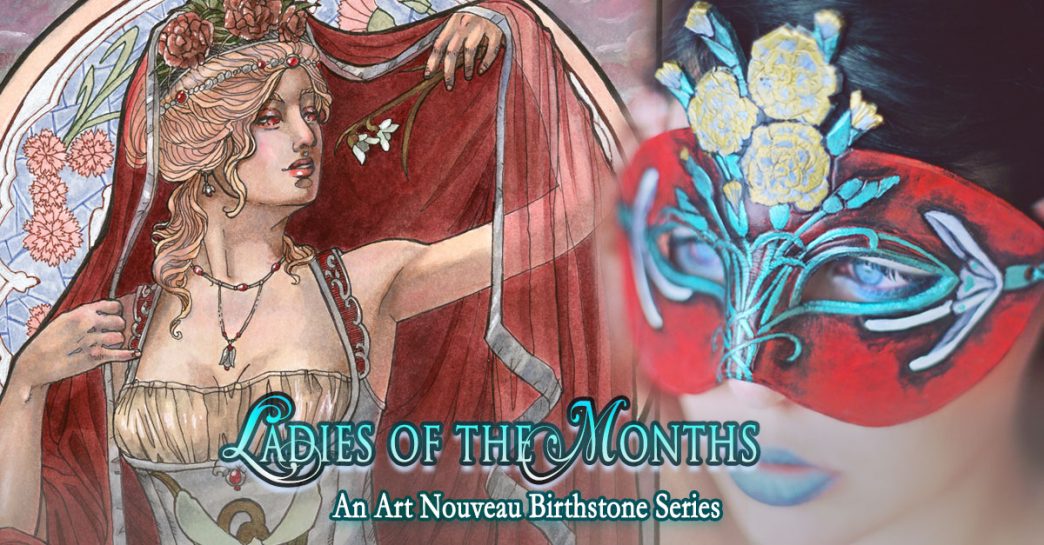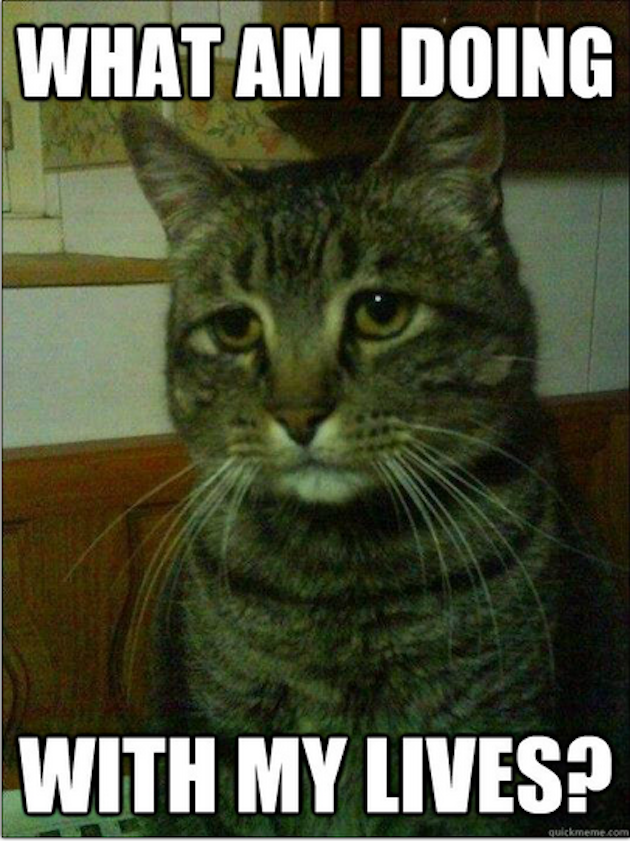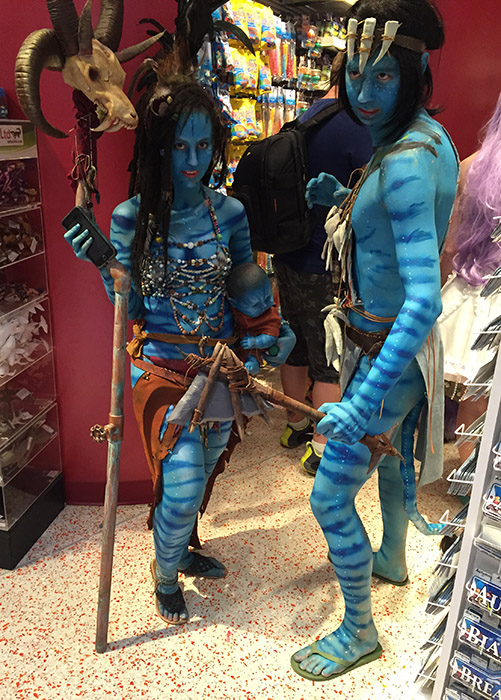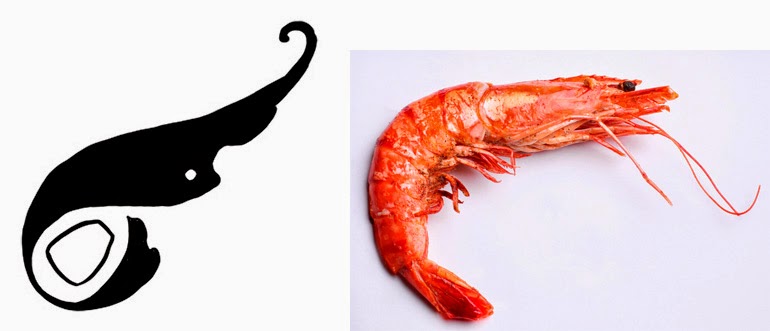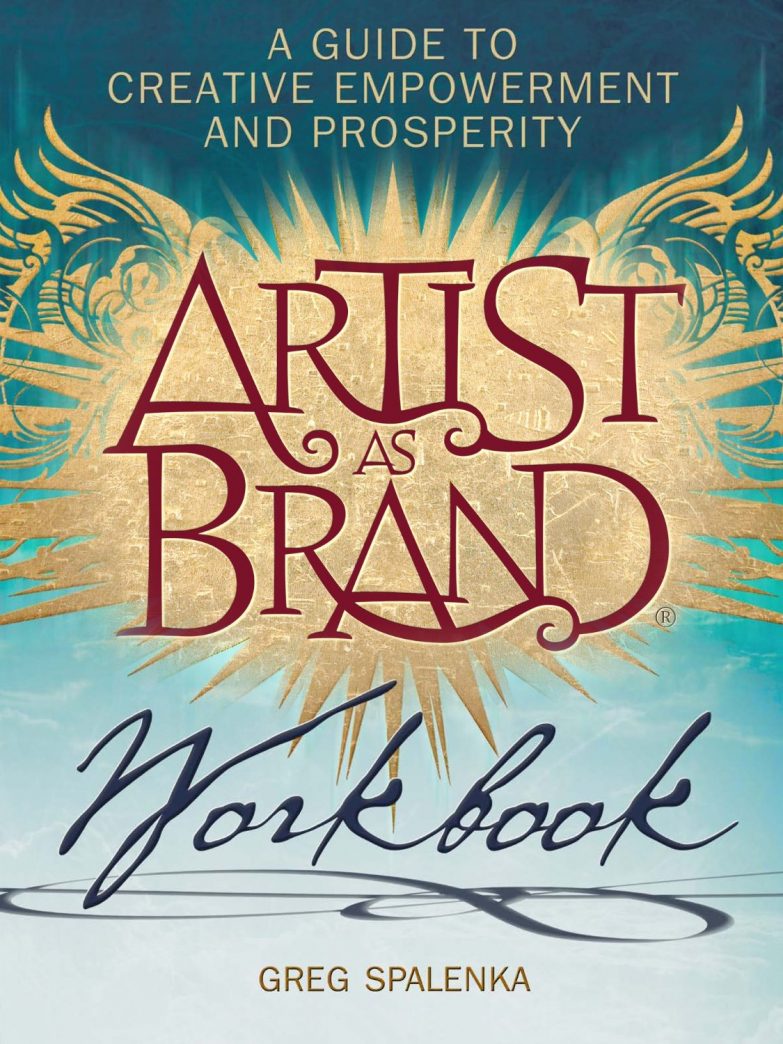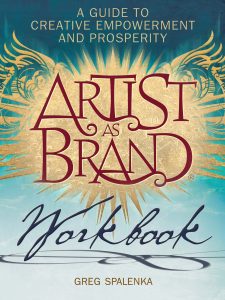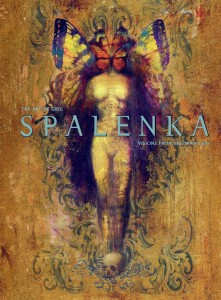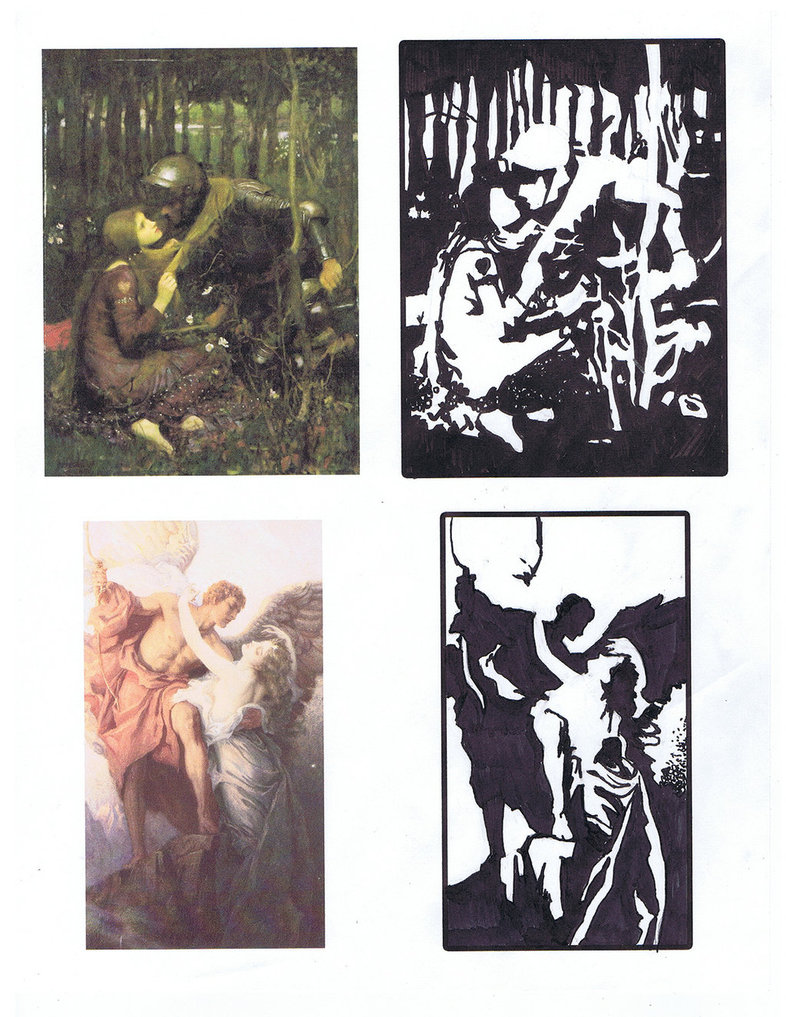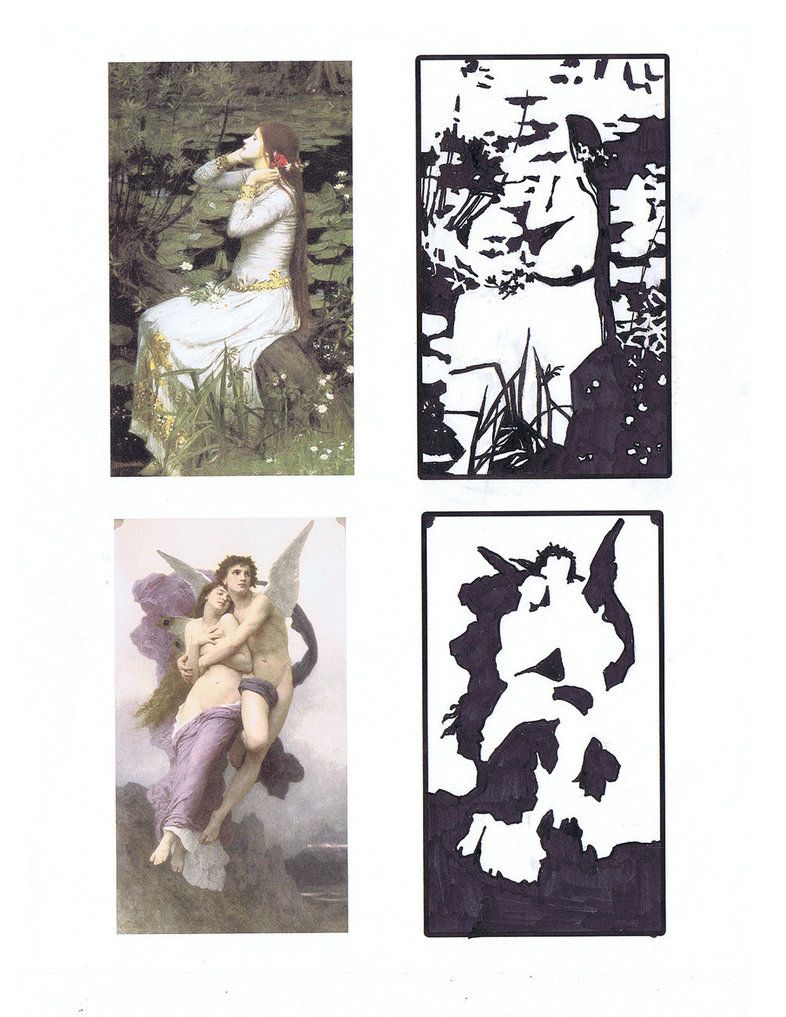After the last post discussing how things have been going for me over the past couple of years, I realize I wanted to talk more about the Ladies of the Months and what this series means for me right now. I realize that after years of chasing freelance work and trying to break into game/RPG/publishing companies with my portfolio that I made an unprecedented decision…
…I decided to invest in myself.
The Circle of Self-Doubt
To be clear, there’s nothing wrong with working for other companies/employers other than yourself. Goodness knows I’d probably be making more money right now if I did! However, the race to be hired was becoming tiresome for me, personally. Every time it seemed people were interested in my portfolio, they wanted me to work for an unrealistic wage OR my work didn’t match their projects. “Thank you for sending in your work. We will keep you on file” was an automated message I saw too often.
Somewhere along the line after numerous rejections and/or low paying bids, I realized I was running in circles. What did I really want from these jobs, anyway? Validation? A decent wage? Listening to my friends in the industry (particularly the folks over at One Fantastic Week), I wondered if maybe these jobs weren’t as glamorous as they seemed? So much of an artist’s creative work is used for products they have no monetary stake in.
Even saying that, I’m not going to lie. It’d be very nice to have a Magic the Gathering or high profile book cover gig under my belt, but is being hired for jobs like that the only thing that makes me a ‘real professional artist’? It certainly feels that way sometimes. This feeling was yet another road block in choosing to work for myself. I needed a ‘real’ gig to make me a professional and spending time on doing my own stuff was a waste when I should be making work to fit in to get me hired elsewhere.
Even then, my gigs with self-publishers and the companies who did hire me still did not feel like enough to make me ‘a real professional artist’, even if I was. This notion of validation is one of the worst fallacies of this industry that keeps people with valuable and marketable ideas from investing in themselves because they’re too busy doubting themselves and their own worth to even consider it.
Inception
Something changed for me in the past couple of years. With the advent of crowdfunding and Patreon, a little light led me off the beaten path. Investing in my own ideas started to look more feasible. I started up my own Patreon and have been growing with it slowly, but surely, as I work on the Ladies of the Months series.
The Ladies were something I wanted to work on for myself but also a project I judged to be marketable and appealing to others beyond my own scope. I could make many products from them, including calendars, prints, art books, coloring books, etc.
One of the best real results I’ve had so far is that in being over halfway done with the series currently, I have a stellar consistent body of work I can show off! Lately, I’ve started formulating Kickstarter plans for the future, even if my first try at Kickstarter was a failure and a blow to my ego that I almost didn’t recover from.
Survival
I also need to share that I’m lucky I have a supportive partner who helps keep us afloat. There have been times we have had to suffer and scrounge. Thankfully, we’re in this together and we accept these consequences together. He’s been with me when I’ve made these decisions, he’s with me when I mess up, and he’ll be with me with this grand scheme of mine succeeds or fails. My husband’s faith in me has helped me more than I can express! If I didn’t have his support, things would be so much harder. I’d probably be working evenings instead of being able to focus on this venture full-time.
We can’t travel as much as we want. We can’t buy everything we want. We can’t go out to eat with friends often. When we’ve had medical emergencies, we cringe at the thought of the increasing debt and have sometimes delayed doctor’s visits. These are the realities of choosing to make less money while you’re building a business and didn’t have a lot of money to start off with. Save before you take the leap. It will help you so much! We actually had savings, but medical emergencies hit us pretty hard. It can be really scary at times!
The Untaught Freelance Skill
In choosing to invest in myself, I’ve had to say no to some gigs so I could maintain momentum on the Ladies. That crushing feeling of guilt and self-doubt comes every-single-time I say no! I could be growing our finances more if I just worked overtime, had no social life, and slept less. I’m trying not to compromise my mental and physical health just to stave off this guilty feeling. It doesn’t do me or my loved ones any good.
They really should teach the delicate art of refusal to all artists. It is okay to say no to a gig that you’re unsure about. You are not an entitled Millennial for doing so. You are not a loser. You should be paid fairly. You should believe in the value of your own projects. If you truly need money, no one should think less of you if you take a non-art job or do decide to take a crappy gig. Do what you need to do. Take care of yourself! You are the only one you should hold yourself accountable to, not the elitists who will tell you you’re not a real artist/are a sellout/ starving artist etc. if you do this or that.
I’m going to call this untaught freelance skill Self-Accountability. You are your own best judge and you know what you need to do to survive and succeed at your goals. You may take risks, but take them with full awareness and make a decision you can’t blame on anyone else.
What Next?
I’m not sure yet if the light that led me off the path is a Wisp leading me to my doom, but I’m eager to find out! My worst fear in this life is to die with regret. The chance of failure is worth the feeling that I at least tried to do the things I have always wanted to do and that maybe, just maybe, I led a remarkable, or at the very least happy, life!
And if the Ladies of the Months fail to be a monetary success? I will at least still have work that I’m proud of, that’s meaningful to me, and that has a type of longevity in its versatility of subject matter and potential merchandise. The immense feeling of having completed something so ambitious will last me a long time and gratify me on an emotional level that can’t be bought with money.
